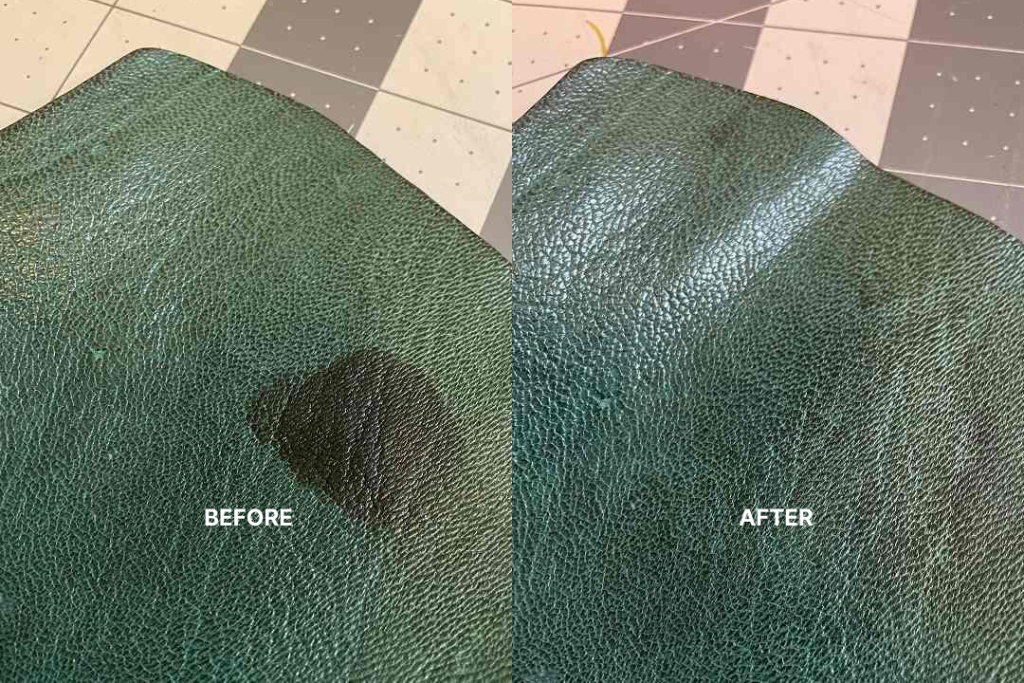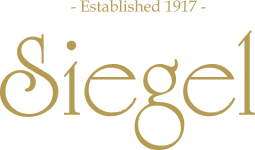
Welcome back to the Siegel Leather Insights Blog – your resource for bookbinding leathers, specialty leathers, and the timeless knowledge behind leather craftsmanship. In this part of our Leather Knowledge Series, we focus on one of the most important foundational texts in our field: Leather for Libraries (1905).
If you’re a bookbinder, conservator, or historian, this publication is essential reading. It remains one of the most comprehensive studies on leather durability ever undertaken and continues to shape the production standards we uphold today at Siegel Leather – trusted bookbinding leather suppliers since 1932.
Leather for Libraries: A Must-Read for Anyone Working with Bookbinding Leather
We strongly encourage anyone interested in bookbinding leathers to read the first 30 pages of Leather for Libraries, available freely online. It’s concise, accessible, and surprisingly engaging especially for a century-old text.
The report was published in 1905 and represents the conclusions of the most extensive survey of leather-bound library books ever conducted. It remains a cornerstone reference for any supplier or craftsman committed to producing lasting materials.
Read or Download Leather for Libraries
What Makes It So Important?
The authors of Leather for Libraries were deeply passionate about the preservation of books and equally critical of poor tanning practices that led to the rapid degradation of bindings.
Key takeaways include:
- Avoid mechanical manipulation: The text emphatically warns against splitting hides or applying artificial grain, practices that weaken leather structure and shorten lifespan.
- Use traditional tanning methods: Vegetable tanning is favored, with specific guidance on the origin and handling of skins.
- Beware of poor chemical use: The study criticizes the overuse of synthetic additives in favor of natural, tested agents.
- High standards, strong language: On page 23, the authors even joke that leather producers who violate preservation standards should face jail time.
Their seriousness is matched by meticulous detail. This report laid the groundwork for standards adopted by His Majesty’s Stationery Office, which oversaw leather used in English libraries and still influences decisions made by premium leather suppliers today.
Why This Still Matters in 2025
At Siegel Leather, we believe in learning from the past to make better products today. Many modern tanneries cut corners, we don’t.
Our specialty leathers are carefully selected and naturally tanned to ensure long-term durability, in line with the Leather for Libraries standards.
If you’re passionate about all things bookbinding, whether for restoration or new design, this short read will give you a foundation that few others in the field have taken the time to study.
Let’s Talk Leather
Have questions about the book? Curious about how it connects to our current materials and tanning processes? We’re always happy to discuss.
Steven Siegel Leather
Email: s.siegel@siegelleather.com Or sales@siegelleather.com for product inquiries
Phone: +1 (336) 293-7624 7
1147 Huntingdon Road,
Winston-Salem, NC 27104
For Further Reading
Looking for Archival-Grade Bookbinding Leather?
Siegel Leather is a trusted name among bookbinding leather suppliers globally. Our materials are used by libraries, conservators, and master binders who value quality over compromise.
Explore our full range of bookbinding leathers and discover why tradition and craftsmanship still matter.


